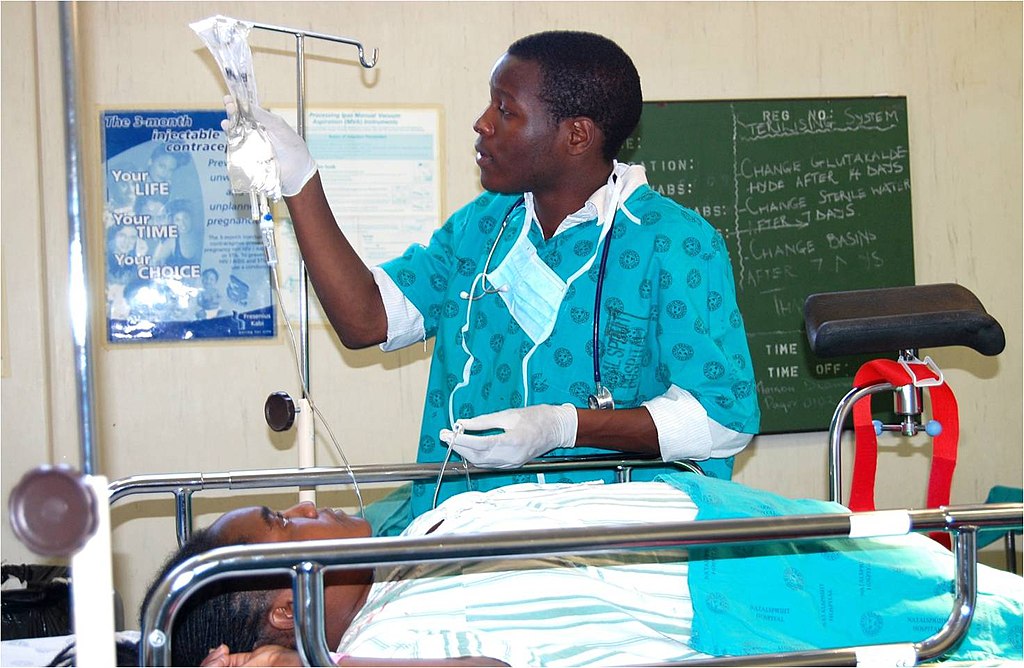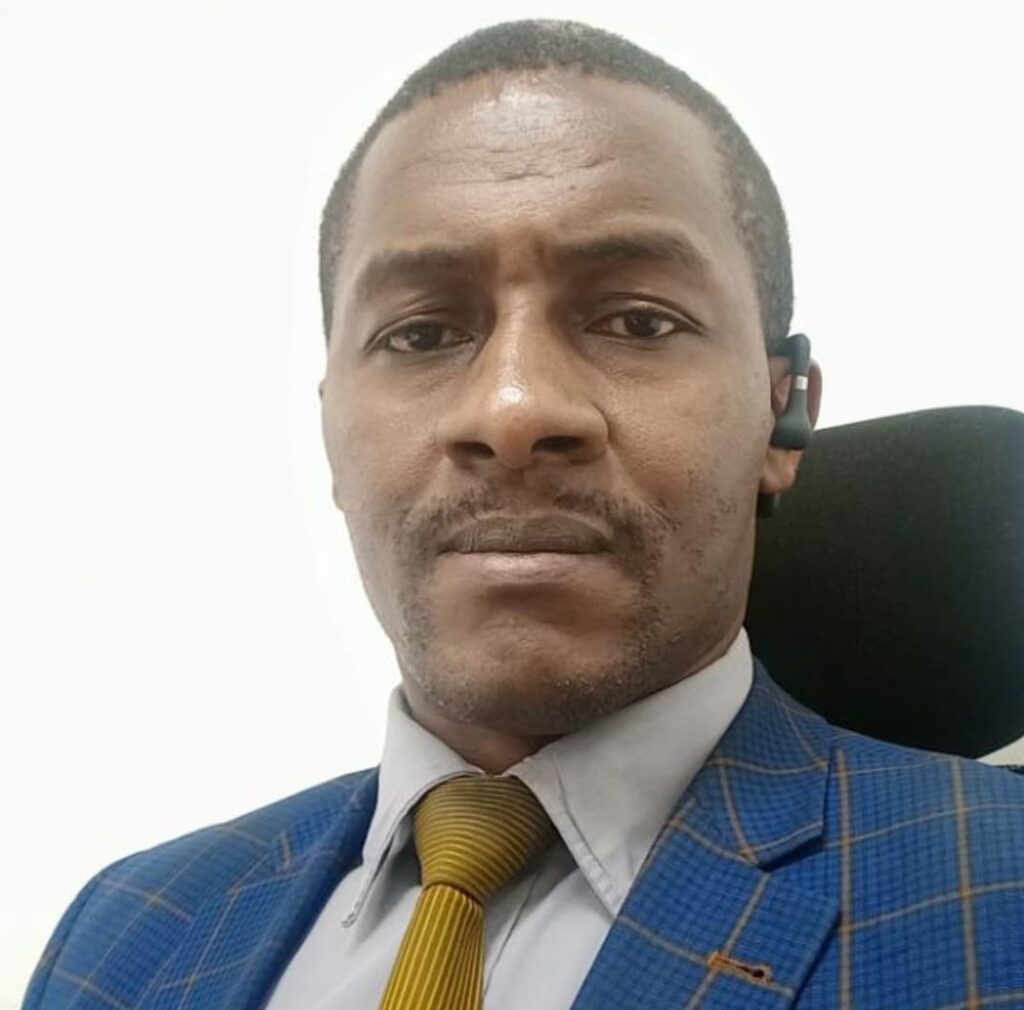Improving Health Supply Chains for Patients with Non-Communicable Diseases: Insights from Kenya
Improving Health Supply Chains for Patients with Non-Communicable Diseases: Insights from Kenya

The Blueprint for Innovative Healthcare Access program works with communities to develop and execute strategies to strengthen the health system for people living with non-communicable diseases (NCDs)—chronic conditions such as diabetes, cardiovascular disease, and cancer. The program, which began in 2020, is led by Amref Health Africa and implemented with a consortium of seven organizations,* including MSH. It focuses on improving the supply chain of health products for NCDs. In this Q&A, MSH’s Joseph Mukoko and Evelyne Kahare discuss the program’s achievements, challenges, and lessons learned in Kenya.
Can you describe some of the challenges for people with NCDs in Kenya?
Joseph: I would say the main challenge people living with NCDs in Kenya face today is having reliable access to the health products they need to manage their condition. Whether we’re talking about medicines, syringes, or a glucometer, these products need to be of good quality, affordable, and available when and where people need them. Making that a reality has proven to be a major challenge.
We performed an initial assessment in Meru County that revealed problems with accountability in commodity usage and consumption, weak systems for monitoring stock levels, and an overall lack of good supply chain data to make informed decisions about procurement and distribution of health products. So we introduced a tool to trace NCD-specific health products and integrated it into the national reporting system. This tool is helping make evidence-based decisions.
What have you learned from implementing this program in Meru County and what would be your suggestion for replicating it across Kenya?

Evelyne: We have seen that equipping health workers with experiential learning opportunities enhances their skills in commodity management—an important aspect of a good supply chain. Establishing a feedback loop through follow-up meetings with frontline health workers gives us a better understanding of commodity information and allows us to offer them objective and evidence-based solutions. This in-depth understanding of supply chain operations can be shared with oversight commodity managers at the county and national levels so they can improve their own supply chain management operations.
For example, we have seen pharmacovigilance reporting increase five-fold within a nine-month period and increased commodity audits at health facilities in both Meru and Makueni counties. Redistribution exercises have been developed based on data from the commodity reporting system and by taking greater accountability for health product allocation and usage. These positive trends motivate us to replicate these strategies across Kenya.
A key part of sustaining this work is establishing diverse partnerships across the public and private sectors. Tell us about what the project has accomplished through this collaborative approach.

Joseph: The Blueprint program is a partnership among several organizations, each focusing on different elements of the patient journey to expand access to quality care for NCDs. Some partners supported initiatives at the community level, such as training more than 1,000 community health volunteers on various NCD conditions, including cancer and hypertension, and efforts to promote community screening for those conditions.
At the health facility level, partners focused on strengthening the health system to deliver services to patients. This includes increasing the availability of health commodities for screening and treatment, as well as enhancing patient management skills and building cancer registries within the county. Additionally, we established many links between the county level and national level to better align these systems and further ensure sustainability.
Since government funding for NCDs is limited, Blueprint partners tried to integrate their work with other initiatives to maximize our valuable but limited resources. All these efforts combined contributed to the success of the partnership, as each individual success helped pave the way for other partners to achieve their targets.
How can we sustain the gains from this program after donor support ends?
Evelyne: It is vital that MSH’s interventions at both the county and national levels be carried on by local partners. Doing so will be crucial to making a long-term impact that transforms the health system to better address NCDs. That is one of the main reasons why MSH’s activities were integrated into existing systems and, consequently, enhanced coordination between the county and the national system.
As Joseph mentioned, the tool we introduced for commodity data reporting was incorporated into the national reporting platform, called DHIS2 or KHIS. This platform is the country’s data repository used for decision making and information sharing among counties and nationally. By doing this, we are building an environment where there is commodity information transparency and visibility. There are plans to roll out an NCD commodity data reporting system nationally in 2023. By utilizing an integrated approach that aligns with the Ministry of Health’s strategic objectives, the county and the nation have a better sense of ownership and acceptance of each other’s work.
The success of this program also relies on having a capable workforce to operate the systems you’ve built. How much progress have you made in developing the workforce?
Joseph: Part of MSH’s role is to ensure that the activities being implemented are enshrined into existing systems, which can only be accomplished with a strong health workforce. To build this capacity, we conducted comprehensive commodity management trainings. We trained 243 health workers, including pharmacists, pharmaceutical technologists, nurses, clinicians, laboratory personnel, and nutritionists. The commodity management trainings taught best practices for inventory management and new techniques to mitigate and reduce supply chain risks like commodity stock-outs, overstocks, and expiries—all of which affect the availability of health products for people living with NCDs. After gaining these skills, health care workers are empowered to educate and encourage others to practice commodity management.
MSH is also strengthening the capacity of local health facilities by increasing the accessibility of key resource materials across all levels of care, such as commodity management guidelines; treatment guidelines; job aids; and key policy documents that guide rational medicine use and prescribing practices, such as the 2019 Kenya Essential Medicines List. This support directly helped improve inventory management practices at health facilities.
* Management Sciences for Health (MSH), Elewa Cancer Foundation, International Cancer Institute, NCD Alliance Kenya (NCDAK), Kenya Medical Research Institute (KEMRI), Kenya Hospices and Palliative Care Association (KEHPCA), and Innovations in Healthcare (IiH).